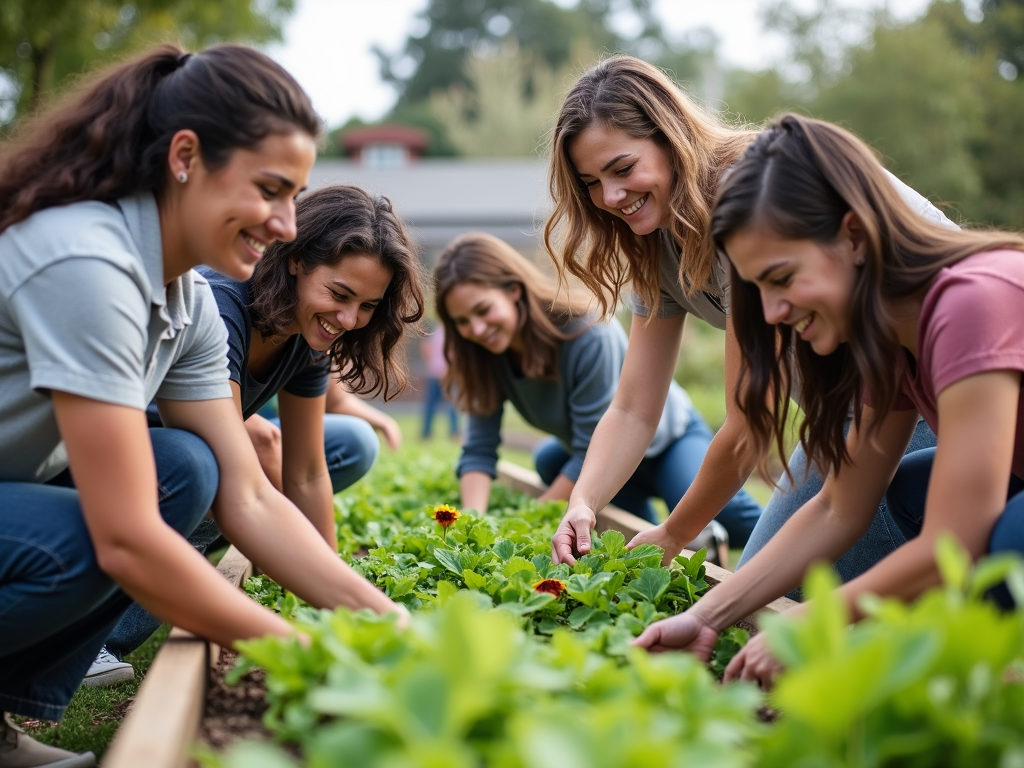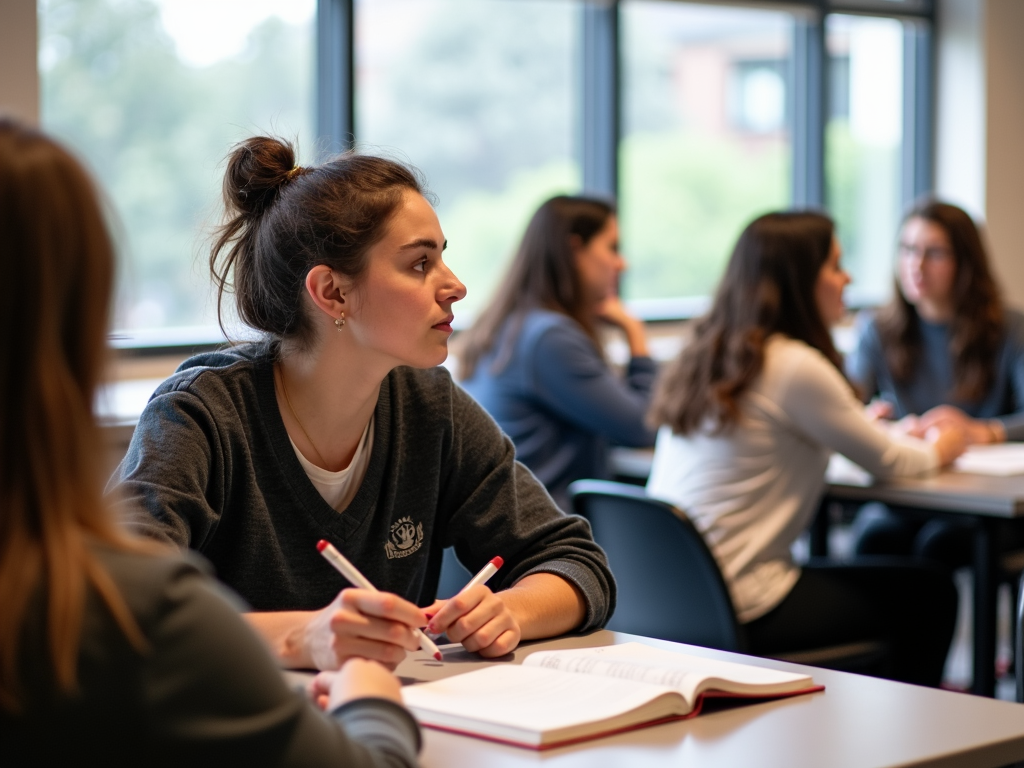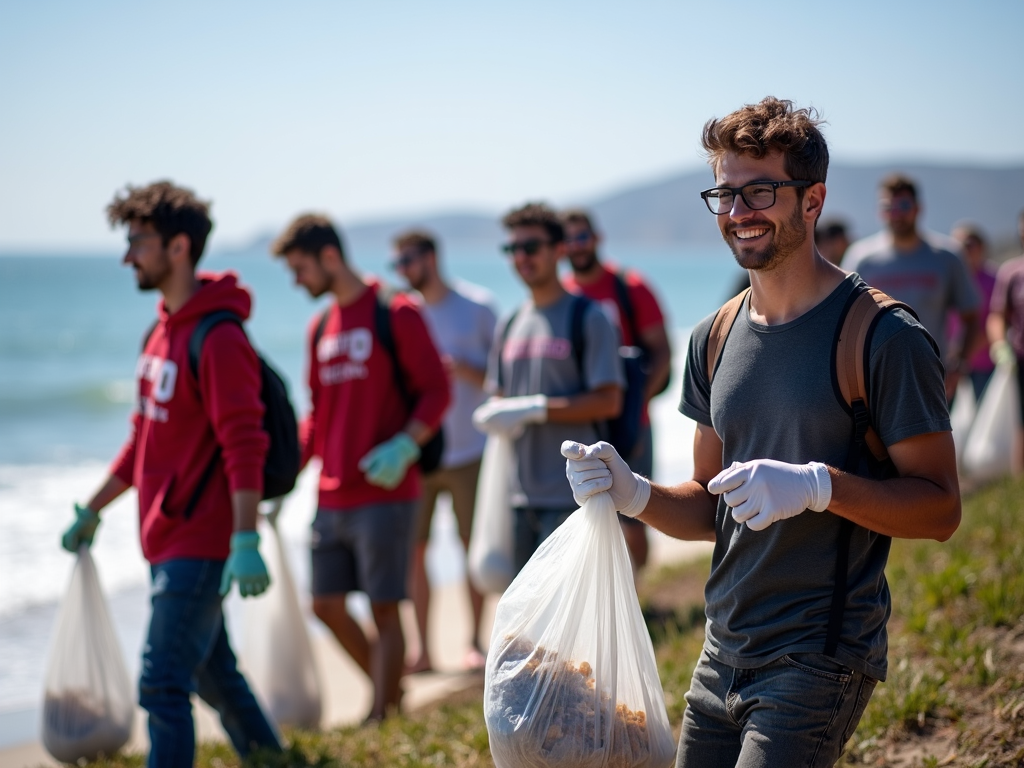Service Learning and Its Impact on College Students: Insights from Stanford University
By , June 7, 2025
Service learning has become a cornerstone of the college experience, especially at institutions like Stanford University, where students are encouraged to engage with communities both locally and globally. This article delves into the profound impact of service learning on college students, highlighting real experiences, volunteer opportunities, and the personal growth that comes from giving back. Through a blend of academic insights and personal stories, we’ll explore how service learning not only benefits communities but also shapes the lives of students in ways that traditional classroom education cannot.

What is Service Learning?
Service learning is an educational approach that combines academic instruction with meaningful community service. Unlike regular volunteering, it’s tied to the curriculum, letting students use classroom lessons to tackle real-world problems. At Stanford University, service learning is woven into many programs. Students work with diverse communities and reflect on their experiences through assignments.
- Key Features of Service Learning:
- Ties academic learning to community service
- Encourages reflection on personal and social impact
- Builds partnerships with community groups
- Boosts leadership and problem-solving skills

How It Changes College Students
Service learning transforms college students. It builds personal growth, a sense of duty, and a better grasp of social issues. At Stanford, students often say it makes them more empathetic, improves their communication, and gives them purpose. Many programs also take students abroad, widening their view of the world.
Take Sarah, a Stanford student: “I volunteered in Kenya through a service learning program. We built a school, and I learned so much about the culture and their struggles. It showed me how connected we are and pushed me toward a career in global development.”
- Student Benefits:
- Sharper critical thinking and problem-solving
- Deeper cultural awareness and empathy
- Better leadership and teamwork
- Stronger ties to schoolwork
- More likely to stay involved in community work after college

Volunteer Opportunities for College Students
Stanford University offers tons of volunteer opportunities for college students, both nearby and far away. These let students dive into service learning while picking up useful skills. Here are some options:
- Local Service: Volunteer with Bay Area groups like food banks, shelters, or environmental projects.
- Volunteer Abroad: Programs like Stanford’s International Service Learning take students to developing countries to work on education, health, or sustainability.
- Research Service: Students can join research projects that help underserved areas, mixing study with impact.
Want to learn more? Check out Stanford’s Haas Center for Public Service for resources and support.

A Student’s Take: My Experience
I’m a former Stanford student who did service learning, and it changed me. I volunteered with a local literacy program, helping kids improve their reading. It taught me patience, flexibility, and how to connect with people from different backgrounds. Education isn’t just about teaching—it’s about understanding each person’s challenges.
It also linked my studies to real life. In sociology, we talked about inequality, but working with underserved communities made it real. That hands-on time made my classes matter more and kept me volunteering even after I graduated.

Why Reflection Matters
Reflection is a big part of service learning. It helps students process what they’ve done and tie it to their studies. At Stanford, they reflect through journals, group talks, and presentations. This helps them figure out their values, spot their biases, and understand social justice better.
- Ways to Reflect:
- Write essays or journals
- Join group discussions with classmates and teachers
- Make presentations or portfolios to show what they’ve learned
- Talk with community members about the service’s impact

Challenges to Watch For
Service learning isn’t perfect—it has hurdles. One big one is making sure projects help both students and communities equally. It’s not about “saving” anyone; it’s about working together. Students also juggle service with schoolwork or face cultural gaps when abroad. But these challenges teach toughness, adaptability, and how to communicate across cultures.
For more on this, read this article from the American Association of Colleges and Universities.

Wrapping Up: Why It Sticks
Service learning at Stanford University isn’t just a checkbox—it changes lives. Students engage with communities, reflect on what they’ve done, and use their studies to solve real problems. They grow into caring, aware people ready to make a difference. The effects last long after college, sparking a lifelong drive to help others.
Whether you’re a student, a volunteer hopeful, or just curious, Stanford’s service learning blends education with impact. It’s not only about giving back—it’s about growing, learning, and joining something bigger.